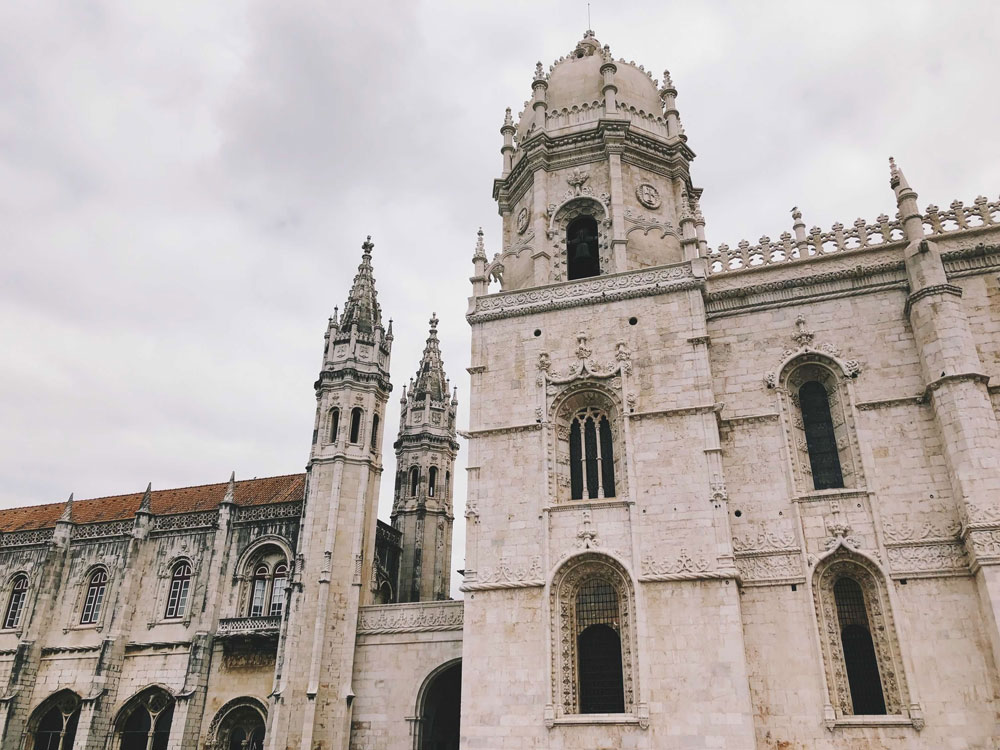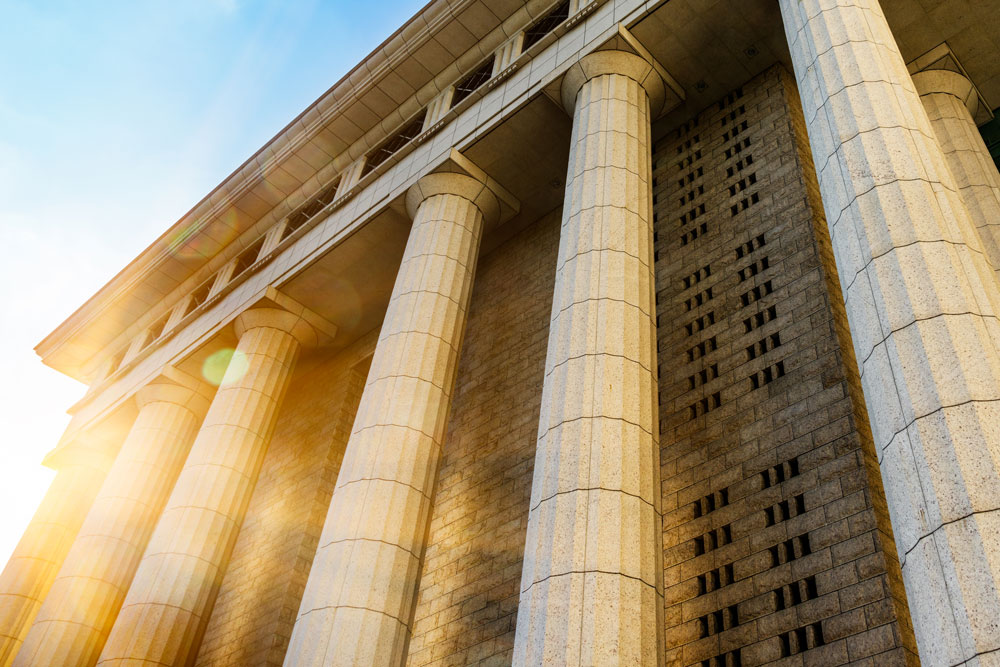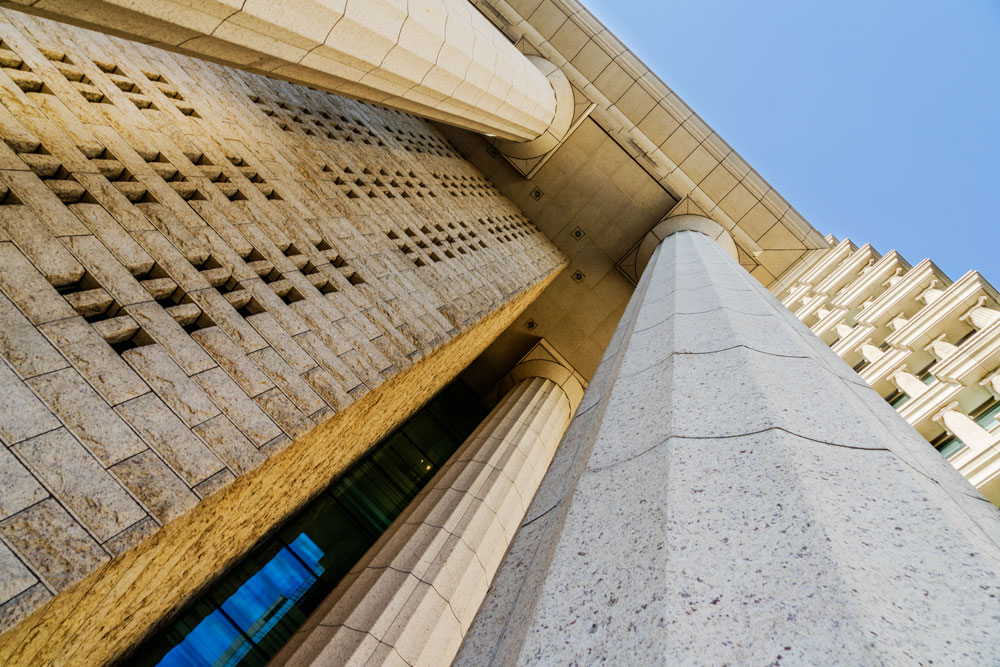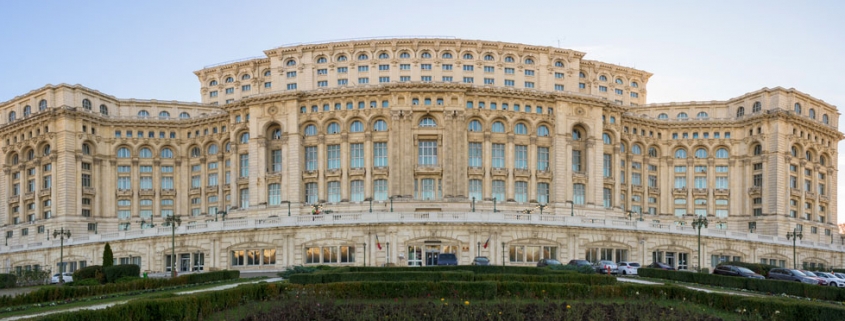Facade Stones and their Features
The facade of the building is one of the main elements of every structure from the point of view of design and construction, in a way that in practice the facade of the building introduces the birth certificate and identity of that structure and shows the taste and art of the owner and builder. In recent years, the facade of the building has become more important and plays an important role in the construction of a building. Today, among all the facades that are designed and executed, the stone facade has more fans. One of the reasons why the implementation of stone facades for buildings has been more successful is the splendor and grandeur that these types of facades add to the building compared to other designs.
There are different types of stone facades, including modern facade, classic facade, neoclassical facade, etc., which we will discuss in detail below.
According to the information that was raised in the introduction, the question arises, what kind of stone is suitable for the facade? And what are the types of facades? And what are the uses of each of these stones and what are their advantages and disadvantages?
Facade stone
Natural stones are very diverse and each of them has its own characteristics and uses. Among the types of building stones, travertine, granite, porcelain and sand stone are suitable for the facade. In the following, we will mention the use and advantages and disadvantages of each one.
Facade stone characteristic
- Facades must be resistant to weather conditions such as cold, heat and UV rays of the sun.
- facade stone should have low water absorption; Because the facade should not absorb water when it rains. Because in cities like Tehran, where air pollution and suspended particles are high, rainfall causes the rainwater to combine with suspended particles in the air and produce acid rain. that these rains affect stones with high water absorption.
- Facade should have good abrasion resistance.
- The facing stone must have the necessary adhesion with the mortar; Otherwise, the stone will be separated from the body of the facade, and the scope clip should be used when installing the stone.
- The facing stone should not have cracks, color materials should not be used in the stone production process.

Travertine facade
Travertine is a limestone that is the result of calcium carbonate deposits in hot springs or limestone caves. Iran has the largest variety of colors and the largest amount of travertine stone resources in the world. Travertine stones have pores and are available in white, cream, beige, gray, red and brown colors. The lighter and less porous travertine stones are, the higher quality they are. Travertine stones are used in classical and modern facades.
Characteristics of travertine stone
- Travertine stone has a constant color and will not change color against the sun’s UV rays.
- Travertine stone has pores, which makes it stick well with mortar and the stone does not separate from the façade.
- Travertine stone has a good variety of colors and can cover many tastes.
- Travertine stone is lighter than other stones. And the structure will be lighter.
- Travertine stone is suitable for all climates and geographical conditions and is resistant to cold and heat.
- Travertine stone is soft to cut and all kinds of volume stones and columns and column heads can be sculpted with travertine stone and used in the facade of the building.
Granite facade
Granite is an igneous rock formed by the cooling of volcanic melts. According to the ingredients, granite is often available in granular form and variably in white, green, pink, black and red colors. Granite stones have a very high resistance and it is used for building facades and flooring in industrial and high-traffic places, etc. Granite stone is used in modern facades, especially office and commercial.
Feature of granite stone
- Granite stones have high density and are highly resistant to impact and pressure.
- Granite stones have good sanding ability and have high abrasion resistance.
- Most granite stones are resistant to cold, heat, water absorption and UV rays of the sun.
- Granite stones do not have good adhesion with mortar, and a scope clip should be used when installing on the facade.


Sandstone facade
sandstone, is a limestone that consists of very small minerals that have condensed over time due to sedimentation and pressure. Due to the impurity of the minerals, sand stone has various colors; But in Iran, sand stone does not have a lot of variety and only sand stone of local wood design is available, which are often in gray and reddish yellow colors.
Characteristics of sandstone
- Sandstone is not abrationable due to its sand structure and is often used in unblasted form, bush hammer or winder in the facade of the building.
- Sandstone has a high water absorption and its use in the facade of buildings located in wet areas is not suitable.
- Sandstone is resistant to cold, heat, sunlight and wind.
- Sandstone does not have good adhesion with mortar, and when installing on the facade of the building, a scope clamp should be used.
- Sandstone has a low bending resistance and bends quickly.
Cristal facade
Porcelain stone or crystal stone is actually the same as marble, which has a finer grain size and consists of white and gray crystals. The reason why crystal stone is called porcelain stone is because when it is struck, it emits a porcelain sound. Porcelain stoneware is usually white, bluish gray in color. The use of porcelain stone in the facade of the building has been common for a long time. But due to the lack of variety of colors among the Chinese stones, its use in facades has decreased. Today, porcelain stone is mostly used in modern facades.
Features of cristal stones
- Porcelain stone has good adhesion with mortar.
- Porcelain stone has low water absorption and is more resistant to acid rain.
- Porcelain stone is resistant to cold, heat and sunlight. Travertine is the most widely used stone among the suitable stones for building facades due to its high resistance, good adhesion with mortar and a wide variety of colors.









Leave a Reply
Want to join the discussion?Feel free to contribute!